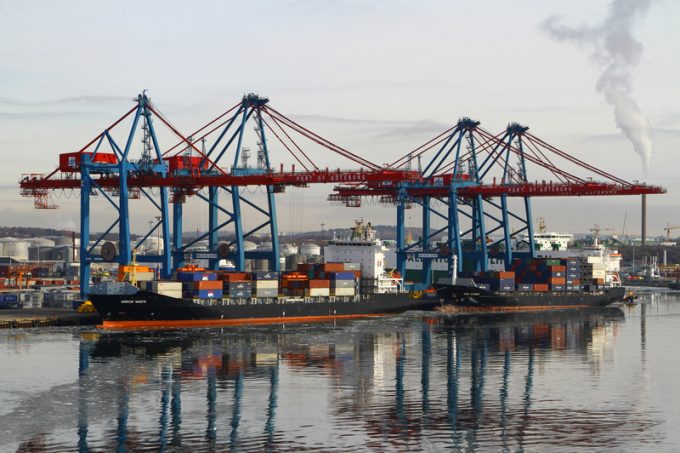Flights cancelled as German airport workers strike
As noted last week, German airports are facing chaos today as Ver.di union members down ...

A labour dispute at Sweden’s main container terminal has descended into farce, with government-appointed mediators washing their hands of a situation some predict could take over a year to resolve.
One forwarder described the damage the lockout at Gothenburg was doing to the country’s container supply chain as worse than a meltdown.
Sammy Blom, national products director ocean freight & intermodal services at Geodis Wilson, which controls around 12% of Swedish ocean container movements, said: “Describing the general situation for anyone relying on ...
Asia-USEC shippers to lose 42% capacity in a surge of blanked sailings
Why ROI is driving a shift to smart reefer containers
USTR fees will lead to 'complete destabilisation' of container shipping alliances
New USTR port fees threaten shipping and global supply chains, says Cosco
Outlook for container shipping 'more uncertain now than at the onset of Covid'
Transpac container service closures mount
DHL Express suspends non-de minimis B2C parcels to US consumers

Comment on this article